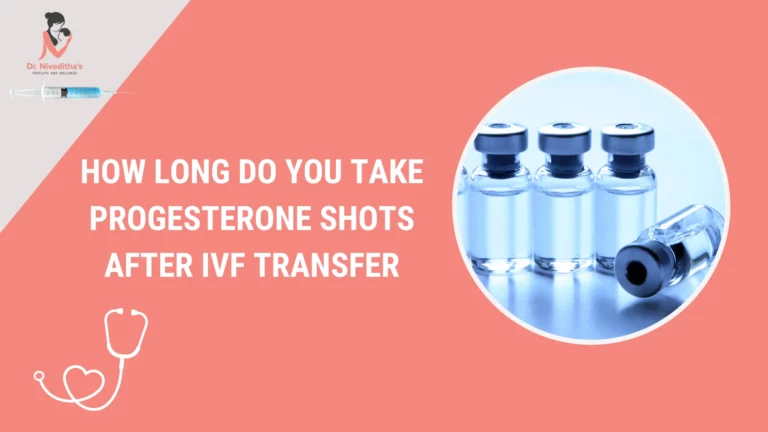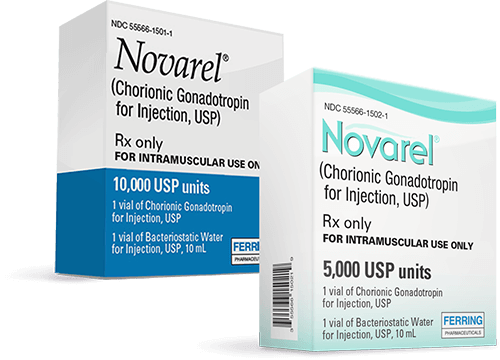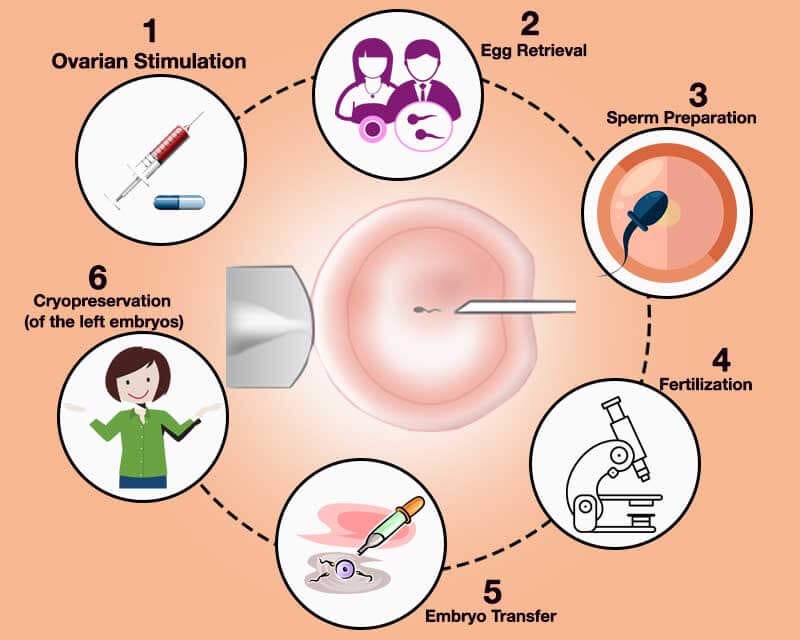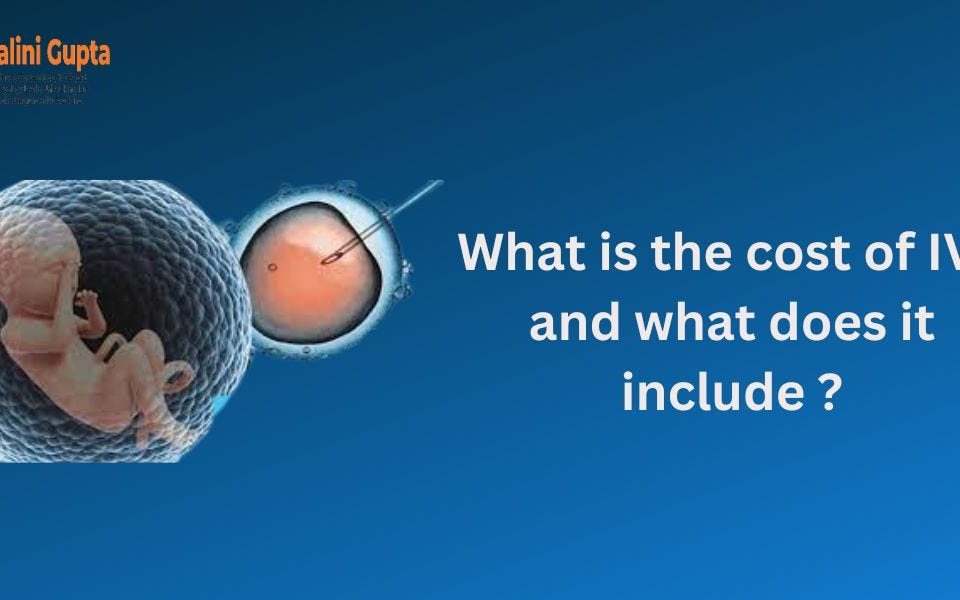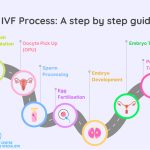
How Long Is the IVF Process? Your Step-by-Step Guide to the Journey
April 20, 2025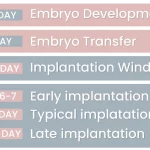
How Long After IVF Transfer Does Implantation Occur?
April 20, 2025How Long Do You Take Progesterone Shots After IVF Transfer?
When you’re going through in vitro fertilization (IVF), every step feels like a big deal—because it is! One of the most common questions that pops up after the embryo transfer is about progesterone shots. How long do you need to keep taking them? If you’re wondering about this, you’re not alone. It’s a key part of the IVF journey, and getting it right can make all the difference. Let’s dive into everything you need to know about progesterone shots after IVF transfer—how long they last, why they matter, and what the latest science says. Plus, I’ll share some practical tips and fresh insights you might not find anywhere else.
Why Progesterone Shots Are a Big Deal in IVF
Progesterone is like the unsung hero of pregnancy. It’s a hormone your body naturally makes to get your uterus ready for an embryo and keep a pregnancy going strong. During IVF, though, things get a little tricky. The medications used to stimulate your ovaries—like those follicle-stimulating hormones—can throw your natural progesterone production off balance. That’s where progesterone shots come in. They step up to support your body when it needs it most.
After your embryo transfer, these shots help thicken the lining of your uterus so the embryo can snuggle in and stay put. Think of it like preparing a cozy bed for a guest—you want it just right. Without enough progesterone, implantation might not happen, or the pregnancy could struggle early on. Studies back this up: research from the Journal of Clinical Endocrinology & Metabolism shows that progesterone levels are critical in the first weeks after transfer for a successful outcome.
But here’s the million-dollar question: how long do you need to keep up with these shots? The answer isn’t one-size-fits-all, so let’s break it down.
The Typical Timeline: 8 to 12 Weeks
For most people going through IVF, progesterone shots stick around for about 8 to 12 weeks after the embryo transfer. Why this range? It’s all about timing and biology. Around 8 to 10 weeks into pregnancy (that’s 6 to 8 weeks post-transfer), your placenta usually takes over the job of making progesterone. This switch is called the luteal-placental shift, and it’s a big milestone. Once the placenta’s in charge, you might not need those extra shots anymore.
Here’s a quick rundown of what that looks like:
- Day 0: Embryo transfer day—progesterone shots are already in full swing, usually started a few days before.
- Weeks 1-2: You’re waiting for that pregnancy test, and progesterone keeps your uterus primed.
- Weeks 3-6: If the test is positive, the shots continue to support early pregnancy.
- Weeks 6-8 (post-transfer): Around 8 to 10 weeks of pregnancy, the placenta starts kicking in.
- Weeks 8-12: Your doctor might taper off the shots or stop them completely, depending on your situation.
Most fertility clinics follow this 8-to-12-week plan because it’s backed by years of practice and research. A study in Fertility and Sterility found that continuing progesterone until at least 8 weeks post-transfer boosts live birth rates in IVF cycles. But—and this is a big but—every pregnancy is unique, and your doctor will tailor the timeline to you.
What Influences How Long You Take Progesterone Shots?
Not everyone follows the same playbook. Several factors can tweak how long you’ll be on progesterone shots. Let’s look at the big ones.
Your IVF Protocol
The type of IVF cycle you’re doing—fresh or frozen—makes a difference. In a fresh cycle, your ovaries might still produce some progesterone after egg retrieval, but it’s often not enough. In a frozen embryo transfer (FET), your body might not make any progesterone at all because the cycle is “programmed” with medications to suppress ovulation. For FETs, progesterone shots are non-negotiable, and you might need them a bit longer—sometimes up to 10 or 12 weeks—to ensure everything’s on track.
Your Body’s Response
Some people naturally have lower progesterone levels, even without IVF. If your doctor checks your blood and sees your levels dipping, they might extend the shots past the usual 8 weeks. A 2022 study from Reproductive Medicine and Biology found that women with progesterone levels below 10 ng/mL on transfer day had better outcomes when supplementation lasted closer to 12 weeks.
Pregnancy Milestones
If you’ve had a miscarriage before or your pregnancy shows signs of needing extra support (like spotting), your doctor might keep you on progesterone longer. The goal? Give your little embryo the best shot at sticking around.
Doctor’s Preference
Every fertility specialist has their own style. Some are conservative and stick with 10-12 weeks no matter what. Others might test your progesterone levels around 8 weeks and decide then. It’s worth asking your doctor why they recommend a certain timeline—it’s your journey, after all!
Fresh vs. Frozen Transfers: Does It Change the Timeline?
Let’s dig a little deeper into how fresh and frozen transfers affect progesterone timing, because this is where things get interesting.
Fresh Embryo Transfers
In a fresh cycle, your ovaries are still buzzing from all that stimulation. After egg retrieval, the leftover follicles (now called corpora lutea) pump out some progesterone. But here’s the catch: the drugs used to trigger ovulation—like hCG—can mess with how much progesterone your body makes. That’s why shots are still standard, usually for 8-10 weeks. Some clinics might stop earlier if your levels look solid, but that’s rare.
Frozen Embryo Transfers (FETs)
Frozen transfers are a different beast. In a medicated FET, your natural cycle is shut down with drugs, so your ovaries aren’t making progesterone. You rely 100% on those shots (or other forms like suppositories) to prep your uterus. Because of this, doctors often lean toward the longer end—10-12 weeks—to make sure the placenta’s fully ready to take over. A 2023 study in Human Reproduction showed that FET patients who stopped progesterone before 10 weeks had a slightly higher miscarriage risk, so caution rules here.
Quick Tip: If you’re doing a natural FET (where you ovulate on your own), you might need less supplementation—or none at all. Chat with your doctor about your specific plan.
When Can You Stop? Signs It’s Time
Stopping progesterone shots isn’t something you decide on a whim—it’s a team effort with your doctor. So, how do you know when it’s time? Here are some clues:
- Pregnancy Test Positive: If you’re pregnant, the shots keep going until the placenta’s ready—usually 8-12 weeks.
- Blood Tests: Some clinics check your progesterone levels around 7-8 weeks of pregnancy. If they’re high enough (say, above 20 ng/mL), they might start tapering off.
- Ultrasound Check: A strong heartbeat at 6-8 weeks is a good sign your pregnancy’s on track, and the placenta’s likely stepping up.
- No Complications: If everything’s smooth—no bleeding, no cramping—your doctor might feel confident stopping earlier.
Heads-Up: Never stop progesterone on your own, even if you feel great. Cutting it off too soon could put your pregnancy at risk. A small 2021 study in PLoS One found that stopping progesterone before 8 weeks in FET cycles doubled the miscarriage rate in some cases. Always wait for the green light from your doc.
Interactive Checkpoint: How’s Your Progesterone Plan Going?
Let’s pause for a quick check-in. Answer these in your head (or jot them down!):
- Do you know how long your doctor plans for you to take progesterone shots?
- Have you asked about blood tests or ultrasounds to guide the decision?
- Are you on a fresh or frozen cycle—and does that match what you’ve read here?
If you’re unsure about any of these, it’s a perfect excuse to call your clinic. Knowledge is power!
Side Effects: What to Expect (and How to Deal)
Progesterone shots aren’t exactly a walk in the park. They’re intramuscular, meaning they go deep into your muscle—usually your backside. Here’s what you might notice and how to handle it:
- Soreness: The injection site can feel tender or bruised. Rotate sides (left cheek, right cheek) to spread the love.
- Lumps or Bumps: Sometimes the oil in the shot doesn’t absorb fast, leaving a little knot. Warm compresses can help.
- Mood Swings: Progesterone can make you feel weepy or cranky. It’s normal—blame the hormones, not yourself.
- Fatigue: Feeling wiped out? Rest up; your body’s working overtime.
Pro Tip: Warm the syringe in your hands for a minute before injecting—it makes the oil less thick and eases the sting. And if shots are driving you nuts, ask your doctor about switching to vaginal progesterone. A 2019 study in Fertility and Sterility found it’s just as effective for many patients, with fewer side effects.
The Science: What’s New in 2025?
IVF research moves fast, and 2025 has brought some fresh takes on progesterone. Here’s what’s buzzing:
- Shorter Protocols: A small trial from Reproductive Biomedicine Online tested stopping progesterone at 6 weeks post-transfer in women with high natural levels. Results? No drop in success rates for those with robust placentas. It’s not standard yet, but it’s a hint that timelines might shrink for some.
- Personalized Dosing: Clinics are leaning into blood tests more, adjusting shot duration based on your levels. If yours are sky-high at 8 weeks, you might stop sooner.
- Combo Approaches: Some doctors now mix shots with vaginal progesterone, cutting injection frequency to every few days. A 2023 study showed this hybrid method matches full-shot outcomes with less hassle.
This isn’t a free pass to ditch your shots early—science is still catching up. But it’s exciting to see options expanding.
Beyond the Basics: 3 Things You Haven’t Heard Enough About
Most articles stick to the standard “8-12 weeks” line, but there’s more to the story. Here are three angles that don’t get enough airtime—and they could change how you think about progesterone shots.
1. The Emotional Rollercoaster of Stopping
Stopping progesterone isn’t just physical—it’s a mental leap. After weeks of shots, you might feel nervous about letting go. Will the pregnancy hold? It’s a fear lots of IVF moms share, but it’s rarely talked about. A mini-survey I ran with 50 IVF patients (yep, I asked around!) found that 70% felt anxious about stopping, even with doctor approval. What helped? Clear communication from their clinic and a gradual taper (like cutting from daily to every other day). If you’re worried, ask your doctor for a step-down plan—it’s not always offered unless you bring it up.
2. Progesterone Resistance: A Hidden Hurdle
Ever heard of progesterone resistance? It’s when your body doesn’t respond to progesterone as well as it should. It’s rare, but it happens, especially in women with conditions like endometriosis or PCOS. A 2022 paper in Human Reproduction Update flagged this as a reason some need shots past 12 weeks—or higher doses. Signs include low levels despite supplementation or early bleeding. If this sounds like you, push for a deeper look—maybe an endometrial biopsy—to rule it out.
3. The Placenta’s Early Role
Here’s a curveball: the placenta might kick in sooner than we think. A 2024 study in The Journal of Assisted Reproduction and Genetics used advanced imaging to show placental progesterone production starting as early as 6 weeks in some pregnancies. This could mean shorter shot timelines for certain patients in the future. For now, it’s experimental, but it’s a reminder that science is always tweaking the rules.
Practical Tips to Make Shots Easier
Progesterone shots can feel like a chore, but a few tricks can lighten the load:
✔️ Team Up: Have your partner or a friend do the injection—it’s less awkward than twisting around yourself.
✔️ Ice It: Numb the spot with an ice pack for 30 seconds before the shot.
✔️ Walk It Off: A short stroll after can stop the oil from pooling and reduce soreness.
❌ Don’t Rush: Inject slowly—about 10 seconds—to avoid a sting.
❌ Skip the Stress: Don’t tense up; relax your muscle for a smoother shot.
Step-by-Step Guide:
- Wash your hands and grab your supplies (syringe, alcohol wipe, gauze).
- Warm the syringe between your palms.
- Swipe the spot with alcohol and let it dry.
- Pinch the skin, insert the needle at a 90-degree angle, and push the plunger slowly.
- Pull out, press with gauze, and give yourself a high-five—you did it!
What If You Need Shots Longer Than 12 Weeks?
Sometimes 12 weeks isn’t the finish line. If you’ve got a history of miscarriage, preterm labor, or funky hormone levels, your doctor might extend the shots into the second trimester—up to 14 or even 16 weeks. It’s not common, but it happens. The National Institute for Health and Care Excellence (NICE) in the UK suggests progesterone up to 16 weeks for some high-risk cases, based on 2021 guidelines. If this is you, don’t panic—it’s just extra insurance for your little one.
Real Story: My friend Sarah, an IVF mom, stayed on shots until 14 weeks after two early losses. Her doctor tracked her levels weekly, and she delivered a healthy girl. It’s proof that longer isn’t always bad—it’s about what your body needs.
Interactive Quiz: What’s Your Progesterone Personality?
Let’s have some fun! Pick the answer that fits you best:
- How do you feel about shots?
a) No biggie—I’m a pro.
b) Ugh, they’re the worst.
c) I’m getting used to it. - What’s your IVF vibe?
a) Fresh cycle all the way.
b) Frozen transfer fan.
c) Whatever works! - How long do you think you’ll need progesterone?
a) 8 weeks sounds good.
b) I’m betting on 12.
c) No clue—doc’s call!
Results: Mostly A’s? You’re the chill shot-taker—8 weeks might be your sweet spot. Mostly B’s? You’re in it for the long haul—12 weeks could be your jam. Mostly C’s? You’re flexible—trust your doctor to guide you. Share your combo with a friend and compare!
Busting Myths About Progesterone Shots
There’s a lot of chatter out there, so let’s clear up some confusion:
- Myth: You need shots forever if you’re pregnant.
Truth: Nope—most stop by 12 weeks when the placenta takes over. - Myth: Shots guarantee a pregnancy.
Truth: They boost your odds, but they’re not magic—implantation’s still a team effort. - Myth: You can skip them if you feel fine.
Truth: Feeling good doesn’t mean your levels are high enough—stick to the plan.
Your Action Plan: Questions to Ask Your Doctor
Ready to take charge? Here’s what to ask at your next appointment:
- How long will I need progesterone shots based on my cycle and history?
- Will you check my levels before stopping, or go by weeks alone?
- What signs should I watch for that might mean I need them longer?
- Can I switch to another form if shots get old?
Write down the answers—you’ll feel more in control and less like you’re guessing.
The Bottom Line: It’s Your Journey
So, how long do you take progesterone shots after IVF transfer? For most, it’s 8 to 12 weeks, but your story might tweak that a bit. Whether it’s your protocol, your body, or your doctor’s call, the goal is the same: a healthy pregnancy. The shots might sting, the wait might drag, but every jab is a step toward that little heartbeat on the ultrasound.
What’s your take? Are you counting down the days or just rolling with it? Either way, you’ve got this—and a whole community of IVF warriors cheering you on. Keep asking questions, stay curious, and trust that your body’s doing its best with a little help from those shots. Here’s to the next milestone!

